One way to see many of the amazing sights at Acadia National Park is to drive the Park Loop Road, a 27-mile drive where you can see oceanside cliffs, mountain forests, Thunder Hole, Sand Beach, Jordan Pond and more. You can also access many of the 125 miles of hiking/biking trails and carriage roads throughout this portion of the park.
When we visited the Hulls Cove Visitor Center, I had picked up the Motorist Guide, Park Loop Ride for $4 (which I highly recommend). Construction of the road began in 1922 and continued into the 1950s. Funded in part by John D. Rockefeller (who also created Acadia's carriage roads). The road is not a thoroughfare but a scenic meandering experience with speed limits of 25 to 35 mph. Take time to explore the sights at each stop along the way. The road begins at Hulls Cove.
Frenchman Bay Overlook was our first stop along the road. The first known European to visit the bay was Samuel Champlain in 1604. Some land titles on Mount Desert Island (MDI) can be traced back to the French crown. Bar Harbor became a summer resort beginning in the 1800s. Some of the Porcupine Islands can be seen in the photo below.
Bar Island is the one located on the left and can be accessed via a sandbar at low tide.
Cadillac Mountain Overlook provides a view of the highest point on MDI. We drove to the top near the end of the Park Loop drive.
Sieur de Mont Springs was originally designated as a National Monument in 1916 and encompassed 6,000 acres. Additional lands were donated and in 1919 it was named Lafayette National Park. In 1929 the name was changed to Acadia National Park. At this location are the following: the Nature Center, Wild Gardens of Acadia, and the Robert Abbe Museum. There are various exhibits in the Nature Center (and I always love a relief map!)
The Wild Gardens of Acadia (no dogs) is a field guide to the flora of the park.
Below is a traditional, birchbark wigwam, the traditional home of the Wabanaki Native Americans who lived on MDI for thousands of years. When Bar Harbor became a resort location, they provided tours on Frenchman Bay in their birchbark canoes.
Following the path from the Nature Center, we came to the domed, octagonal, stucco pavilion covering the Sieur de Monts Spring. It was intended to store foods and keep them cool in the spring. A short distance up the trail is the Robert Abbe Museum. (The museum was closed when we visited Sieur de Monts.)
Three beaver lodges can be seen at Beaver Dam Pond. Twilight is the best time of day to catch a glimpse of these industrious critters. We didn't see any...
Champlain Mountain Overlook affords views of mountain cliffs and Frenchman Bay. Highseas is a "cottage" built by a Princeton University professor who also designed both the Precipice and Beehive Trails featuring rungs and ladders on the sheer cliffs. The Egg Rock Light (built in 1875 and now solar-powered) is on Egg Island. (A haven for nesting seabirds). Also shown are views from the Schooner Head Overlook. Just beautiful! On both Champlain Mountain and Schooner there are residences (mansions, in fact) as Acadia NP is a mix of both private and park property.
Sand Beach (dogs not allowed): We took the granite stairway through the forest down to the beach. Called a pocket beach, it is one of the very few cold-water, shell-based, sand beaches in the world. Also, it is the only salt water beach in Acadia NP. The water, however, is only 50-60 degrees during summer months (we did see some people in the water!)
The variance between low and high tide is 12'. Because we were there at low tide, we (and lots of others) spent some time checking out the tidal pools. Seaweed covers the rocks during low tide (be careful, very slippery). This is a must-see when you visit Acadia.
Our next stop is also an iconic site at Acadia, Thunder Hole. There is a parking lot (that fills up very quickly between 10 am and 4 pm). Walking across the Park Loop Road, is a stairway with several platforms to the rocks/cliffs below.
During the summer months there is sloshing and splashing of the waves, but during high tide (and in the winter), the water rushes into the slot leaving the water notwhere to go but up. A thunderous sound is created (although we did not get to experience it!).
Parking in the Otter Cliffs lot on the right, we crossed Park Loop Road to explore this beautiful area along the coast. We walked the Ocean Path (.3 miles) to Otter Point enjoying the views along the way. At 110 feet, Otter Point is one of the highest headlands along the Atlantic coast north of Rio de Janeiro.
A bell buoy provides warning of Spindle, a rock Samuel Champlain's ship struck who his ship at high tide. He was forced into Otter Cove for repairs.
This is Otter Cove, although sea otters do not live on the Atlantic Coast. Some river otters have been spotted in Acadia's streams and ponds.
The Otter Cove Causeway Bridge (built in 1928). It is built along the natural sand bar at the Cove. We were there during low tide (obviously!)
All of the parking lots were full at Jordan Pond, Bubble Pond, and Eagle Lake so we continued onto the Cadillac Mountain Summit. Built in 1931, the 3.5 mile drive to the summit. At 1,,530', it is the the highest point along the eastern seaboard of the US. Amazing panoramic views of Bar Harbor, Frenchman Bay and the Cranberry Isles. The Cadillac Summit Loop Trail is an easy paved path (less than a mile) offering views of most of the sights seen along the Park Loop Road.
Wow, it is overwhelming to see so much natural beauty crammed into one day. The I now understand what everyone has told us about Acadia National Park. Park Loop Road provides a fantastic overview of Acadia National Park on Mount Desert Island. It has been incorporated into the landscape of the park. It provides the opportunity to to just take your time and enjoy each stop along the way. A shuttle service is also available as parking is limited during the summer months.
For additional information about Acadia National Park, click on this link: www.nps.gov/acad.


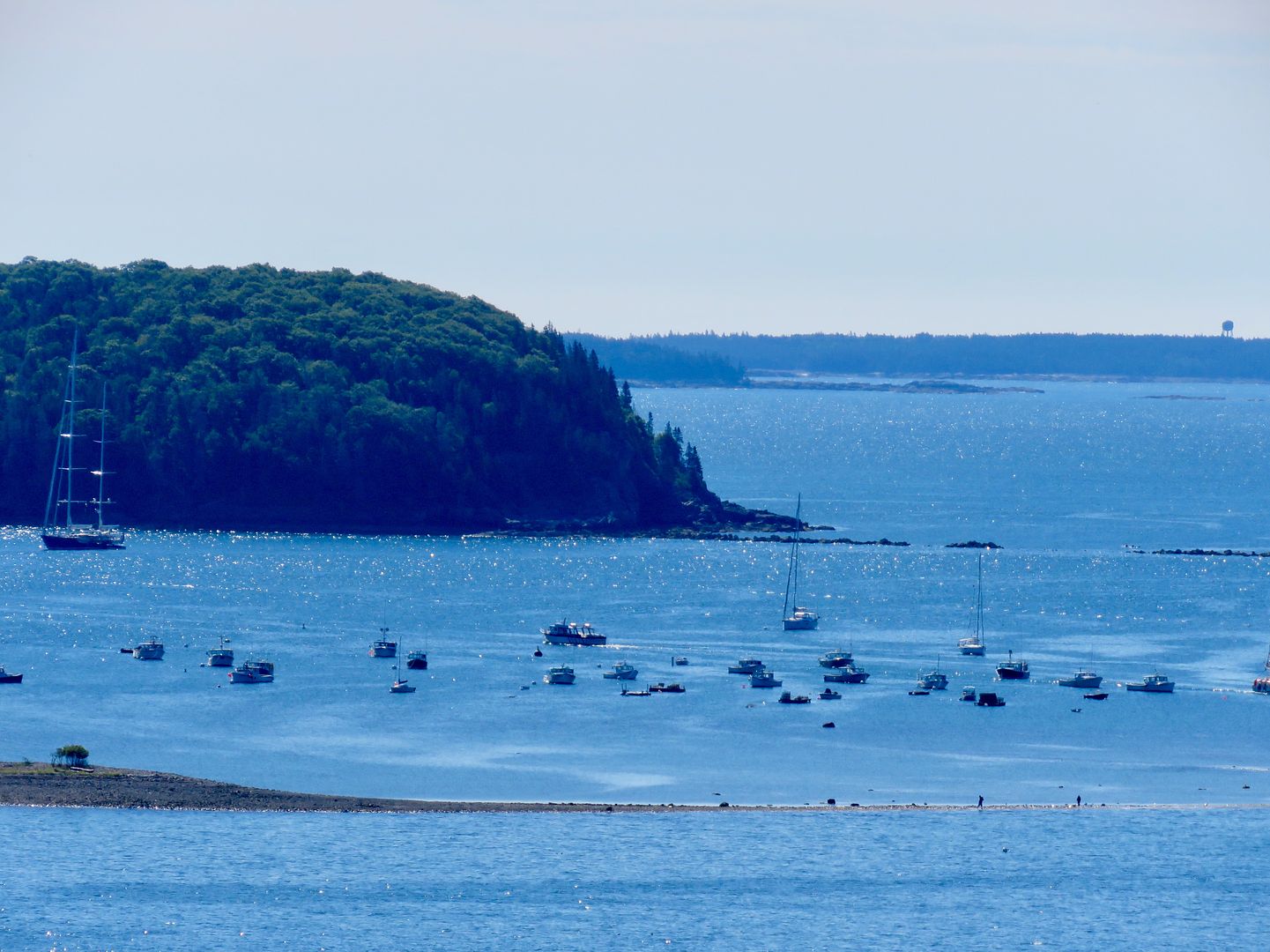
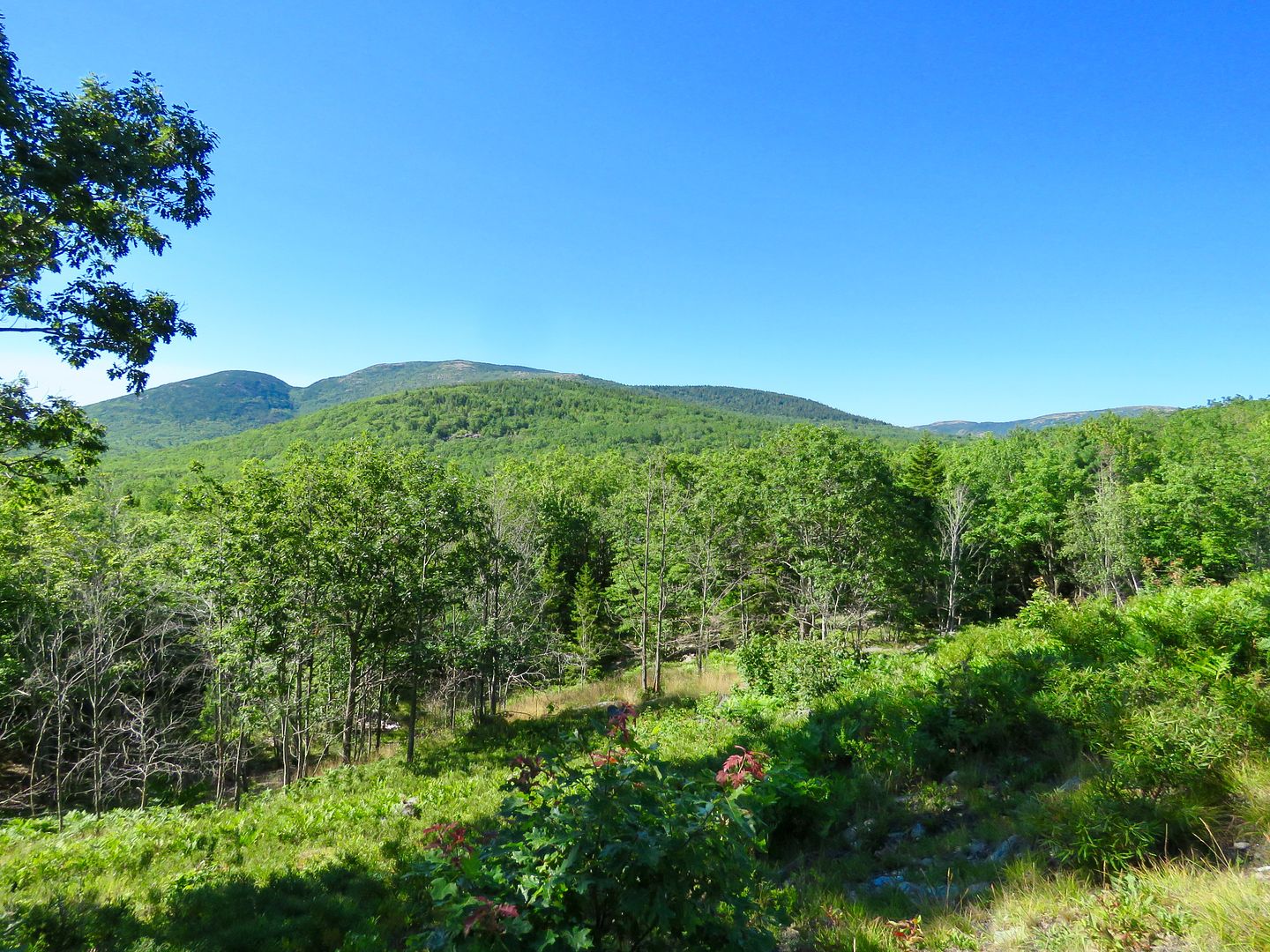
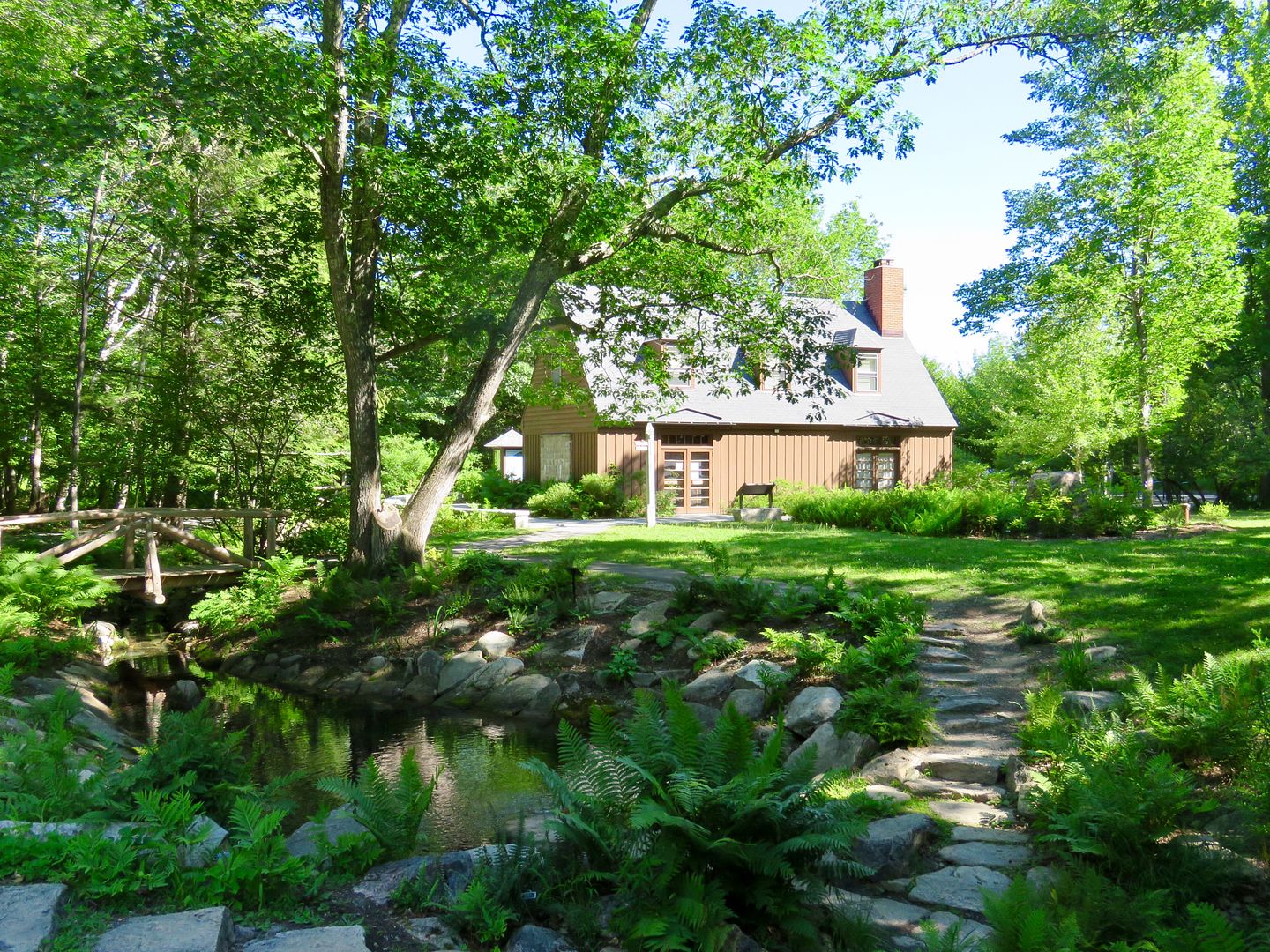


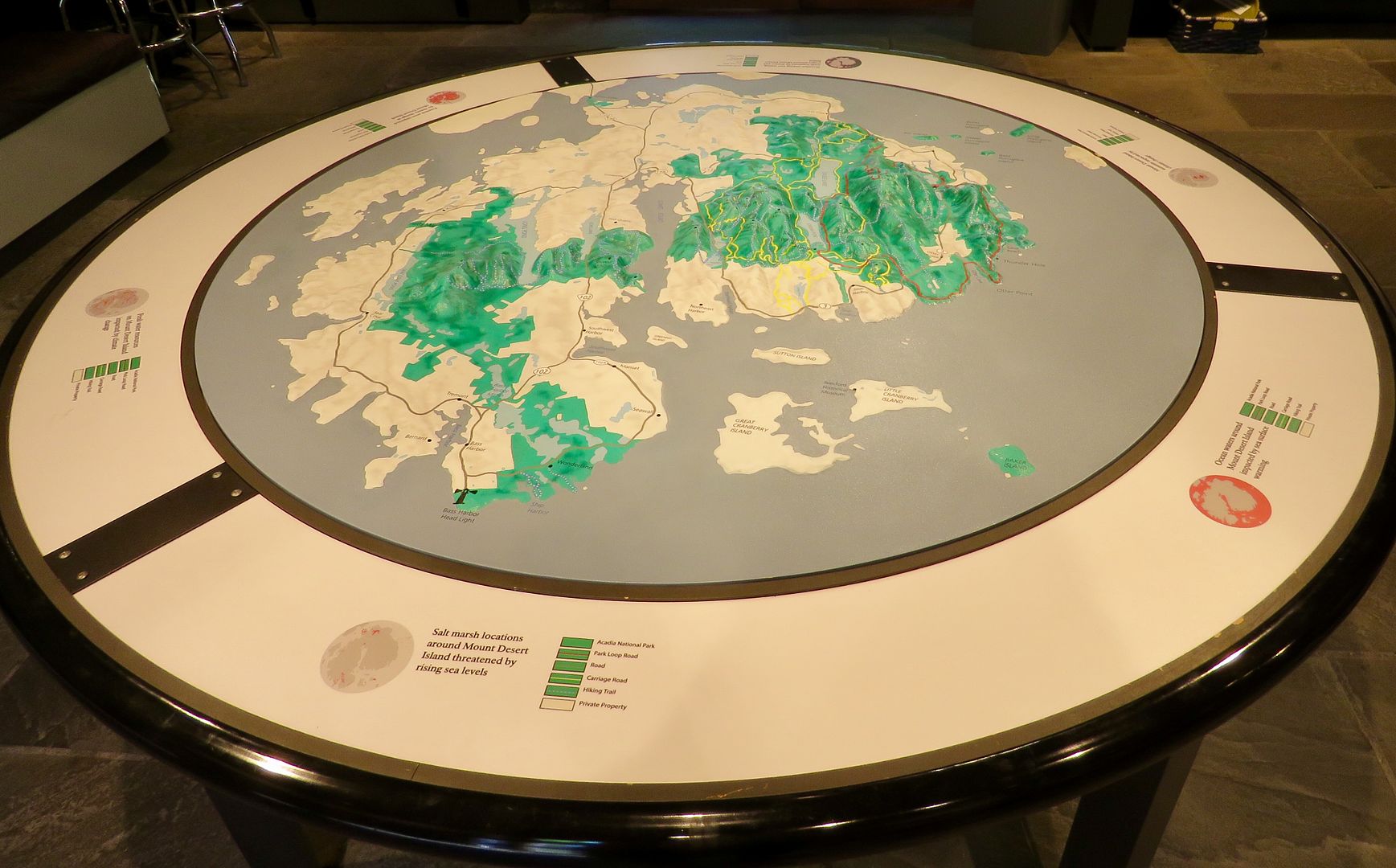
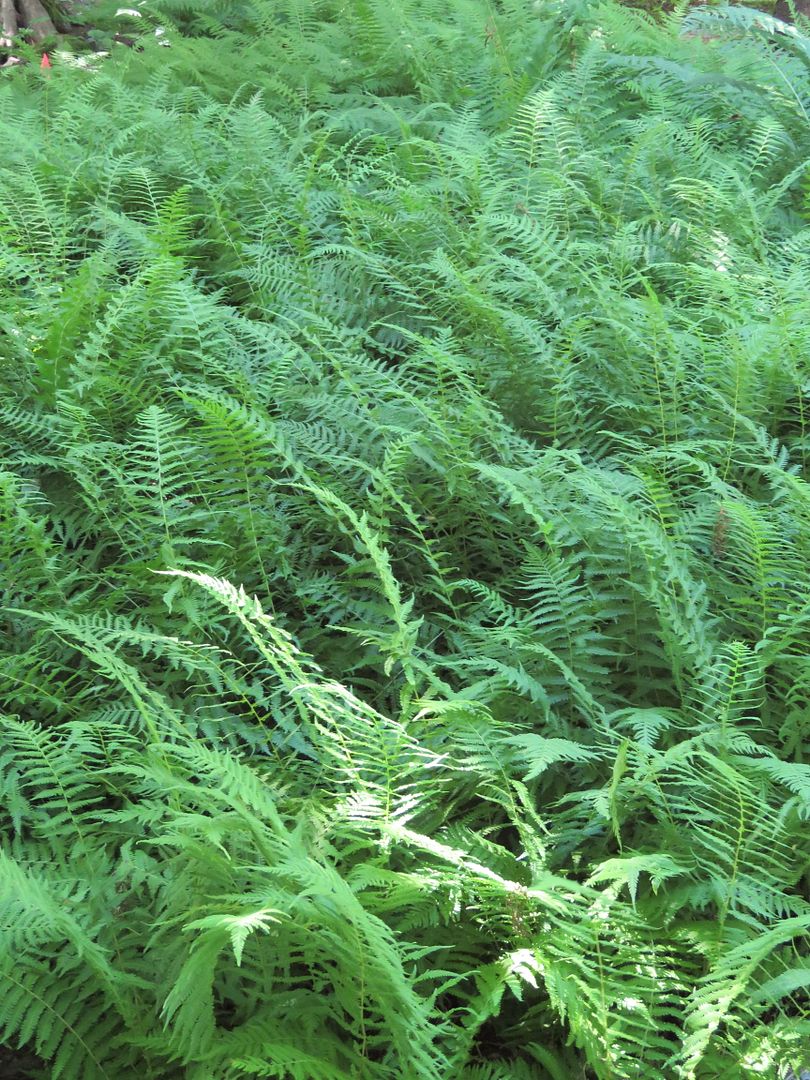
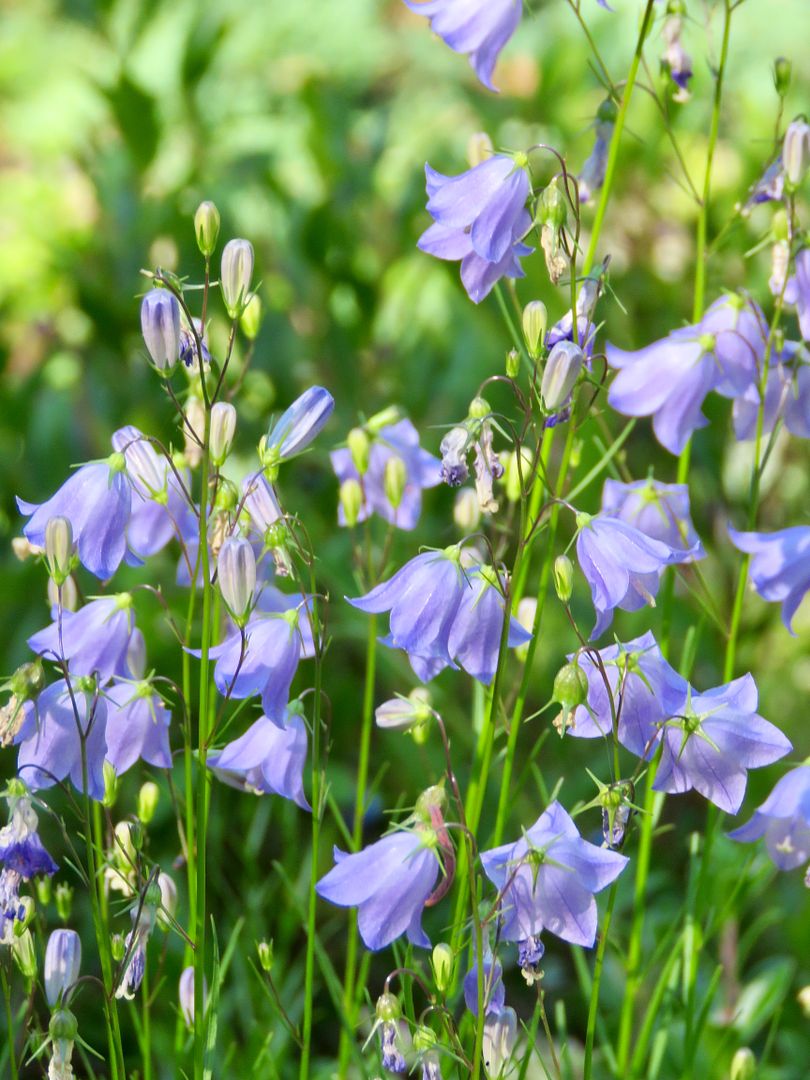
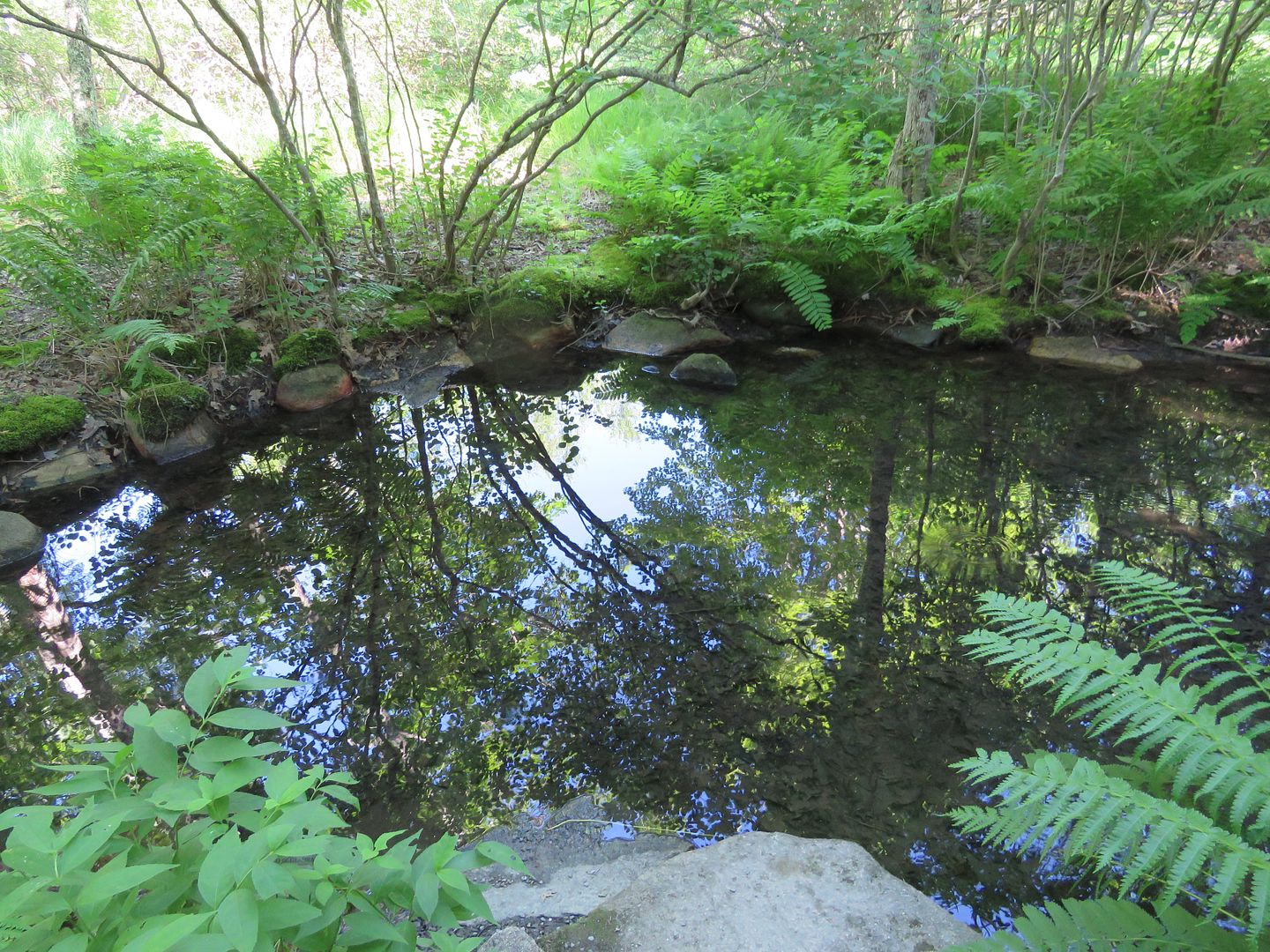
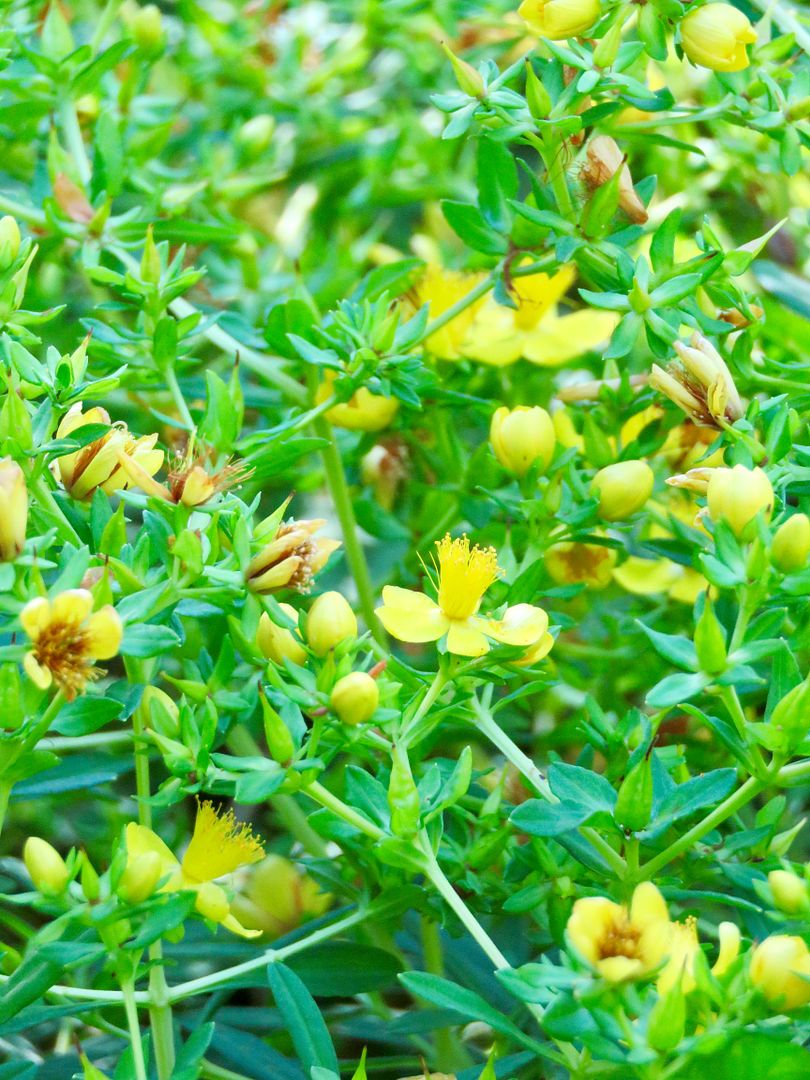
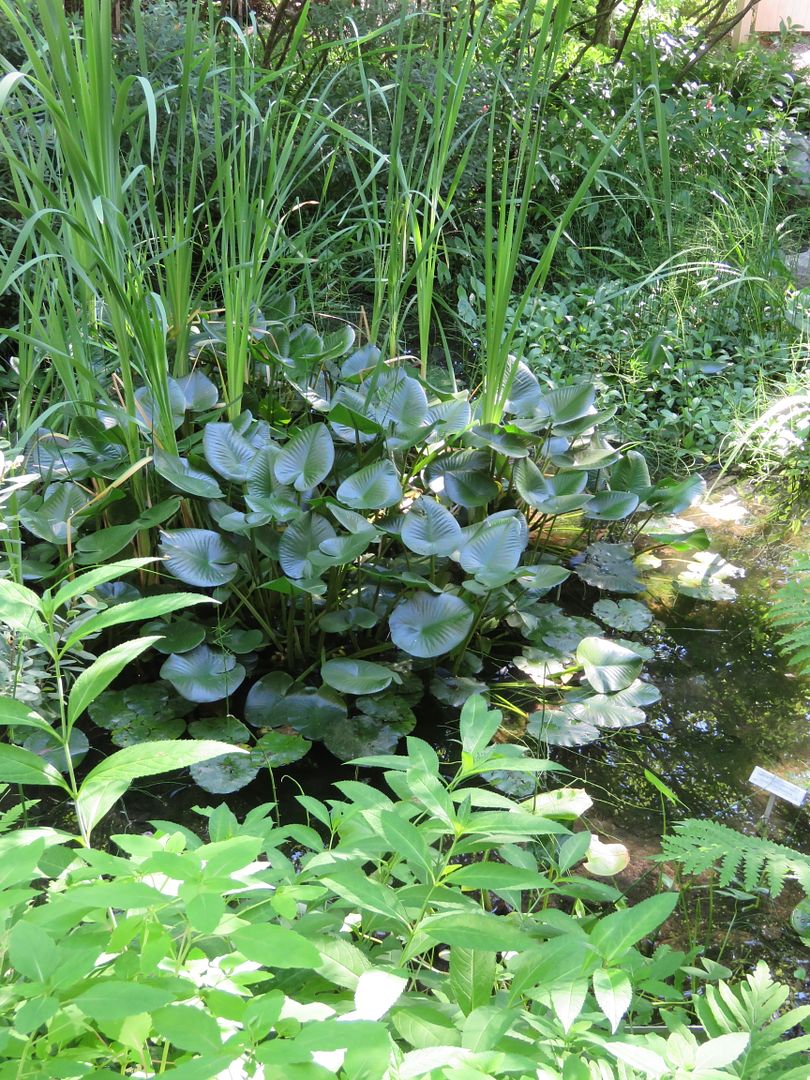

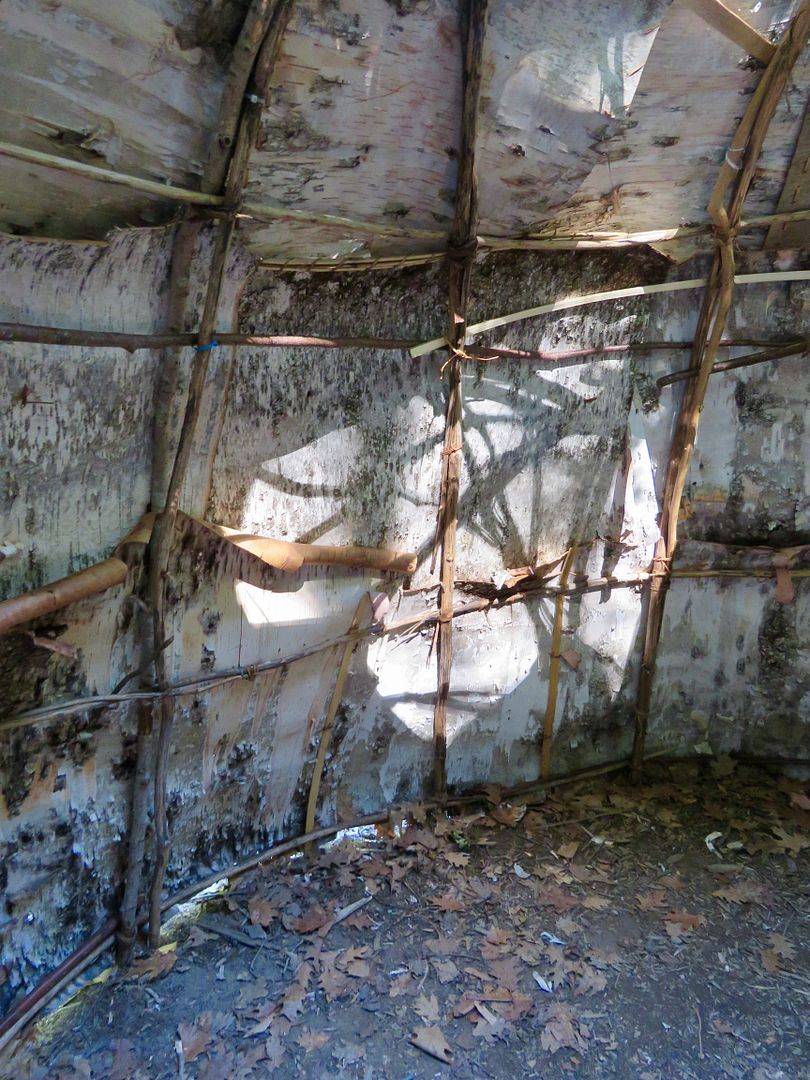
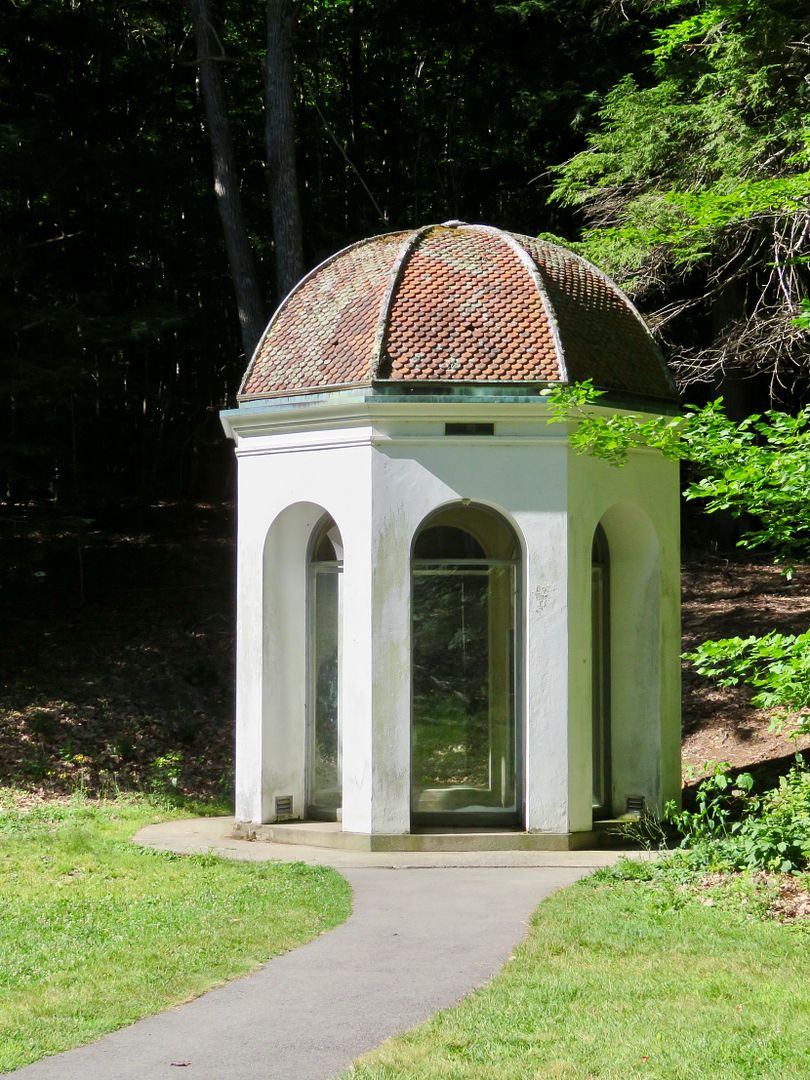
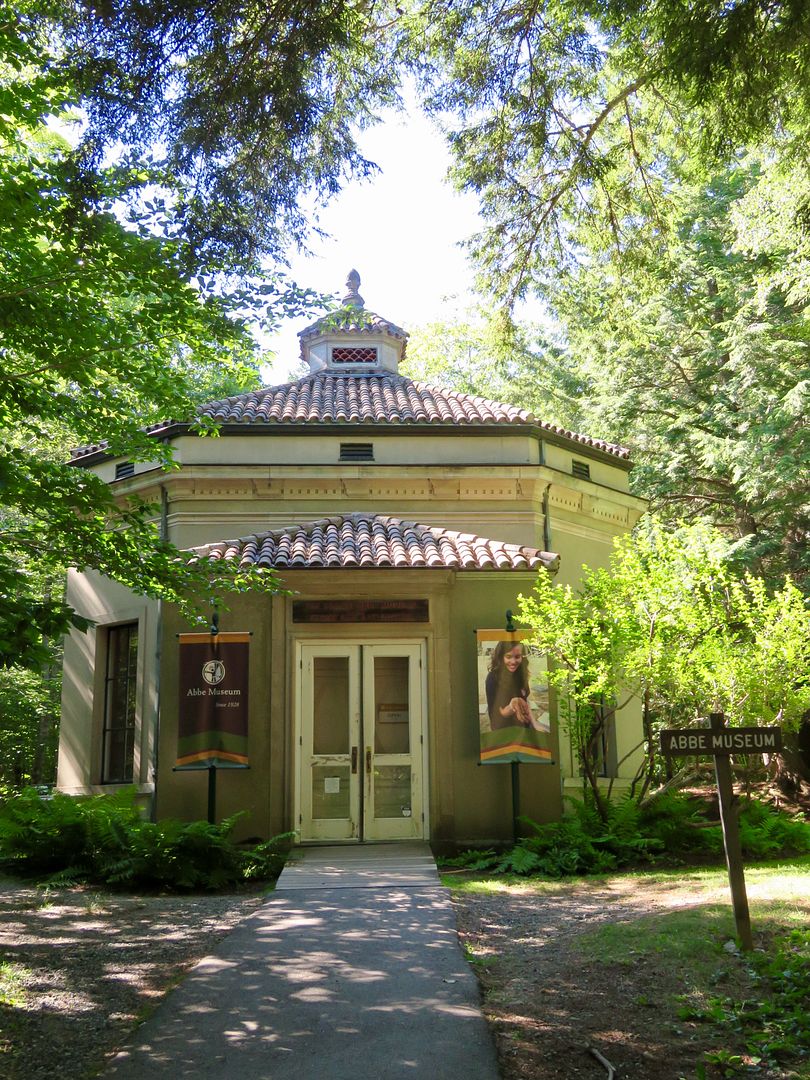


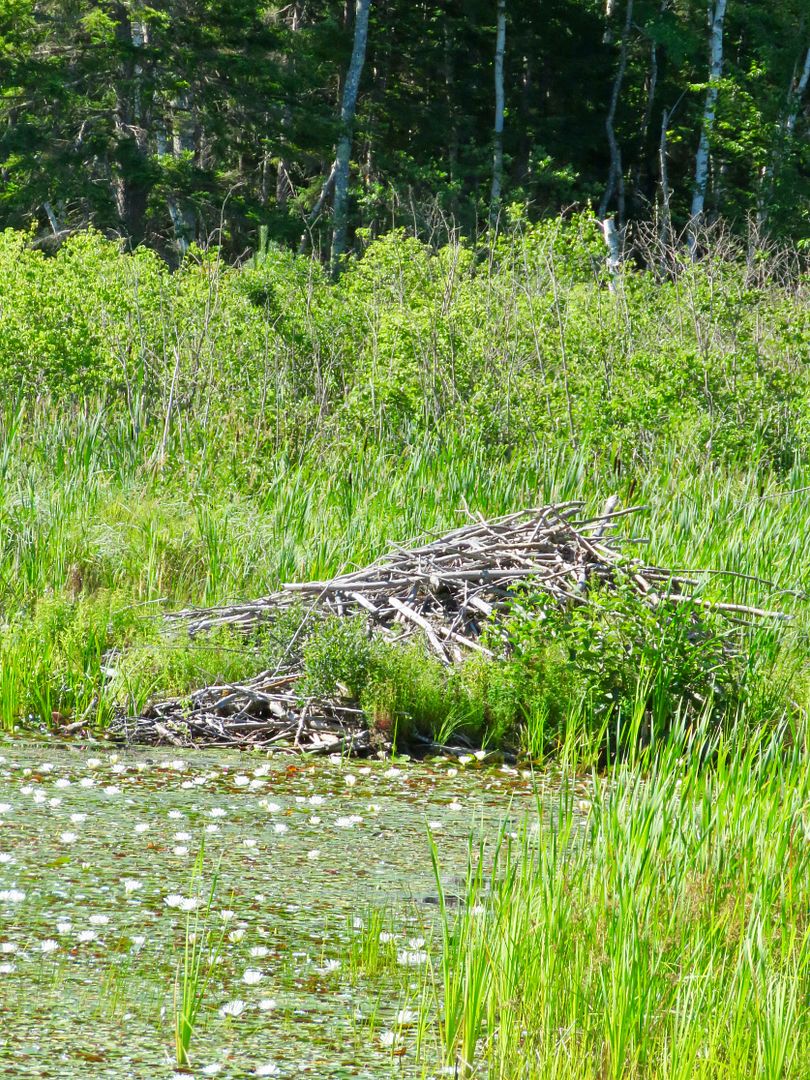

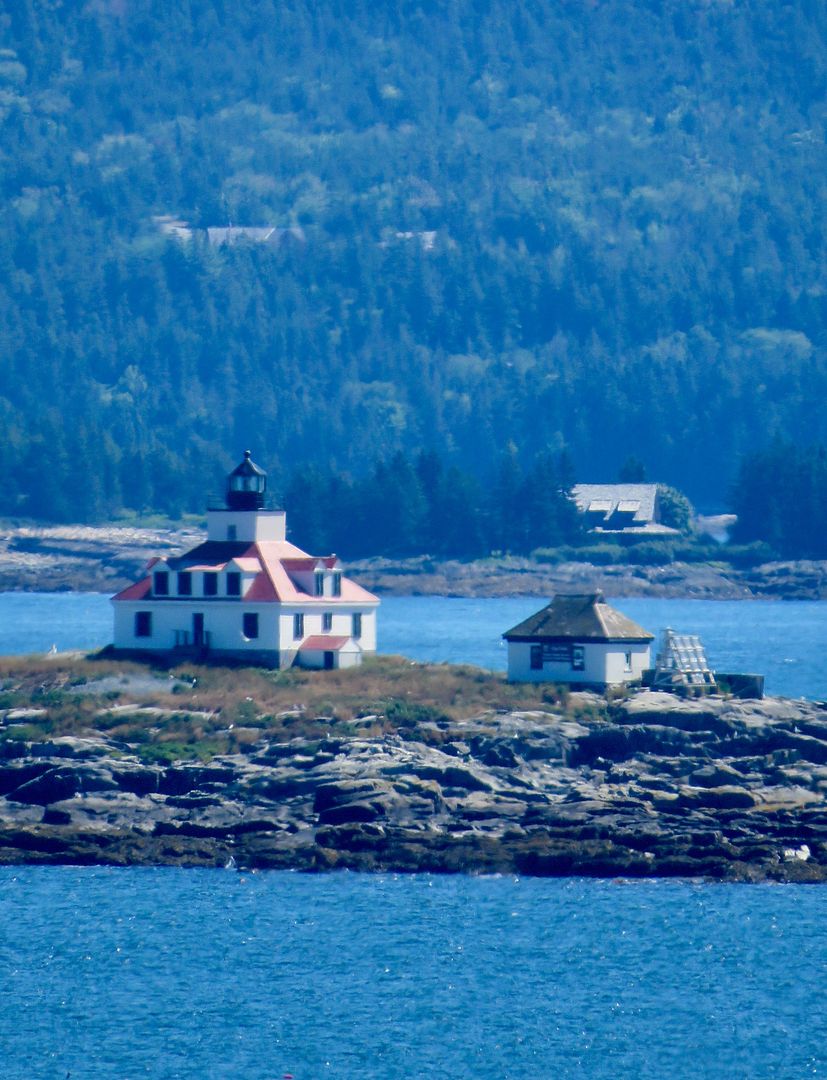


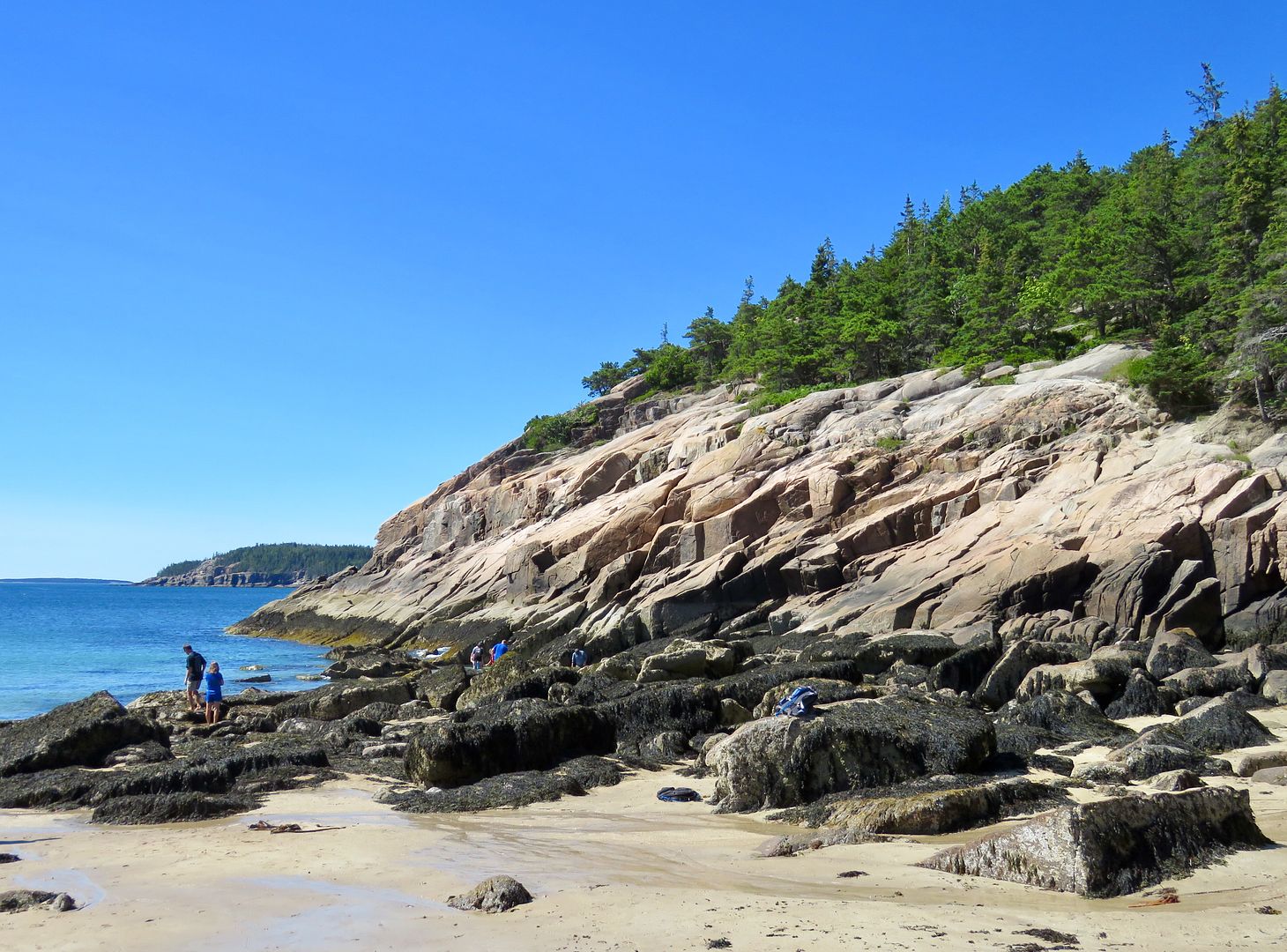
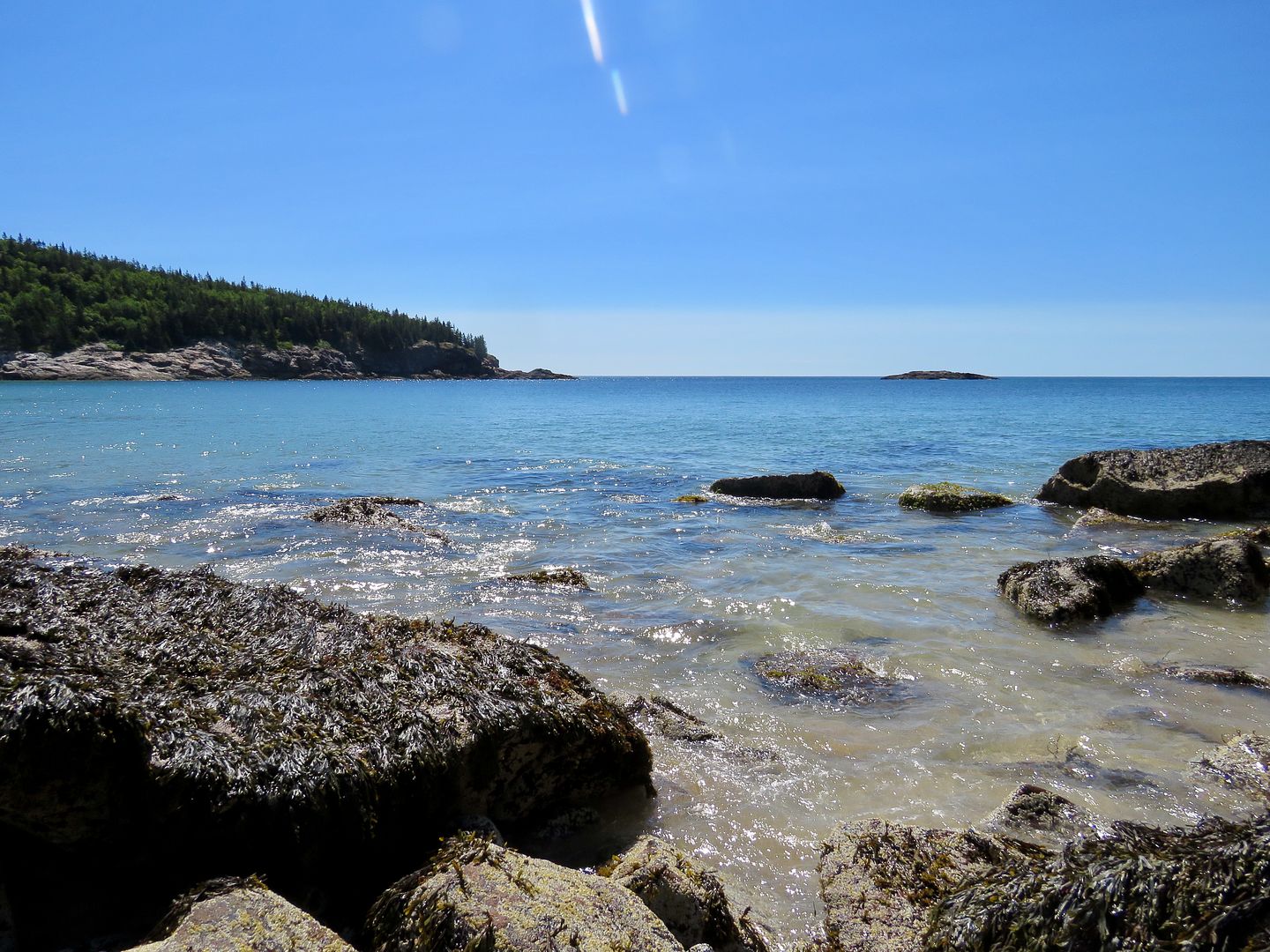
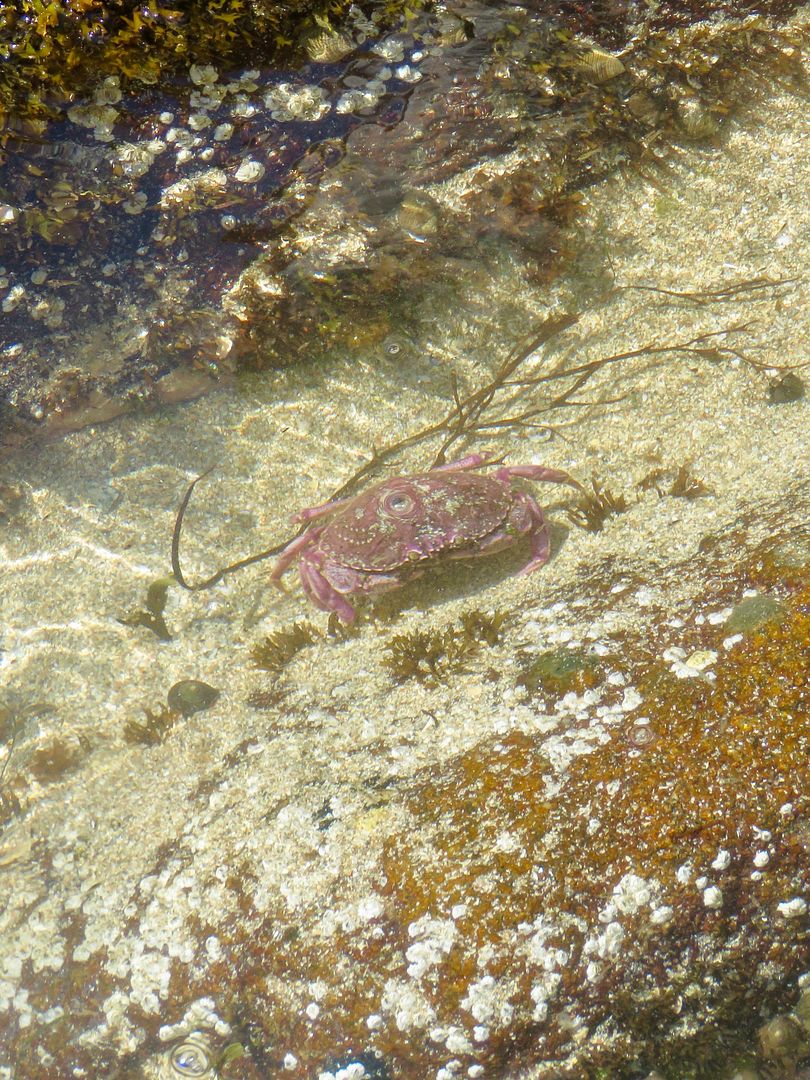






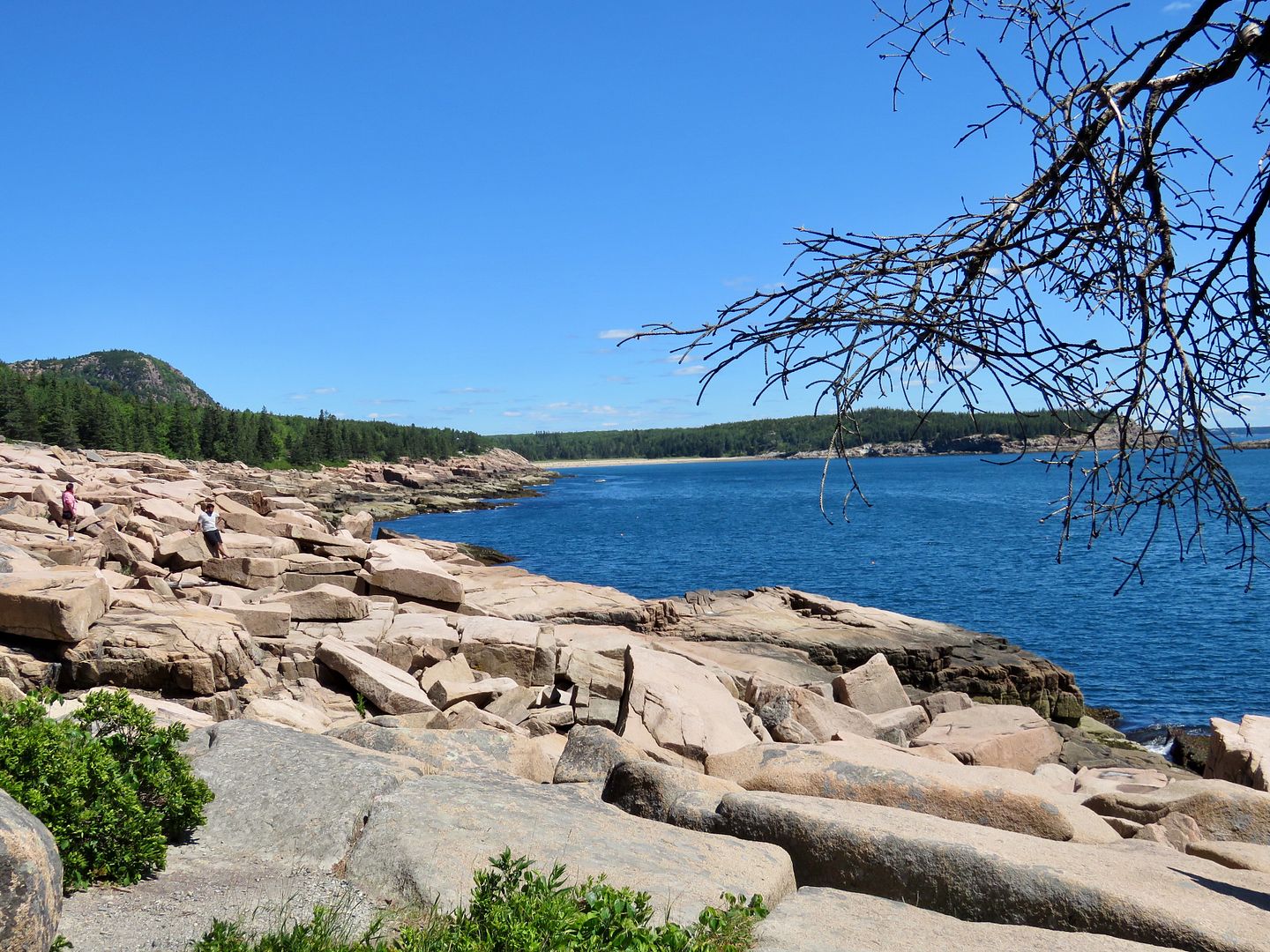


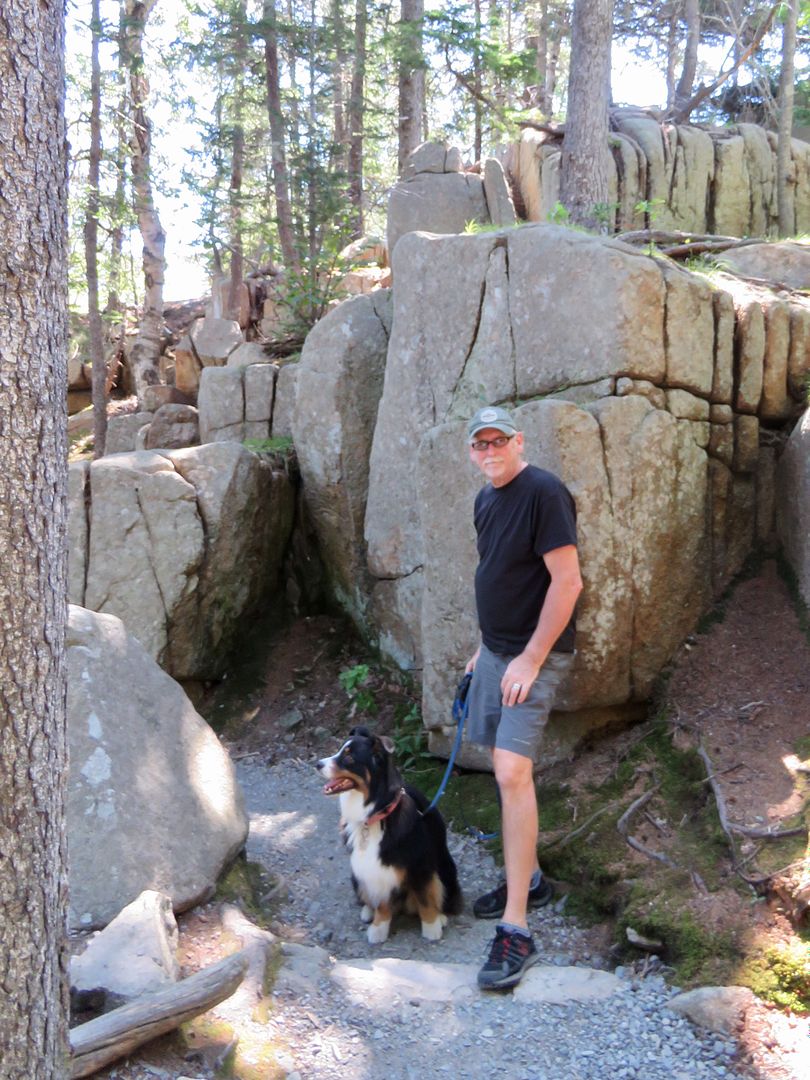
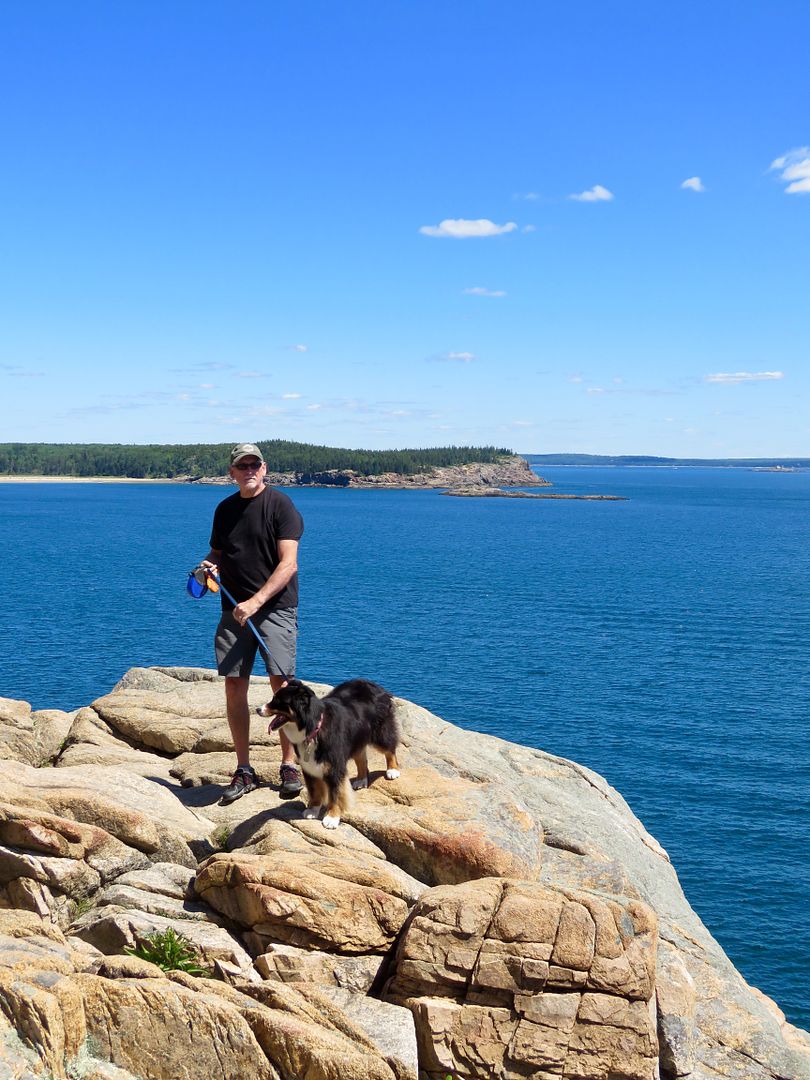
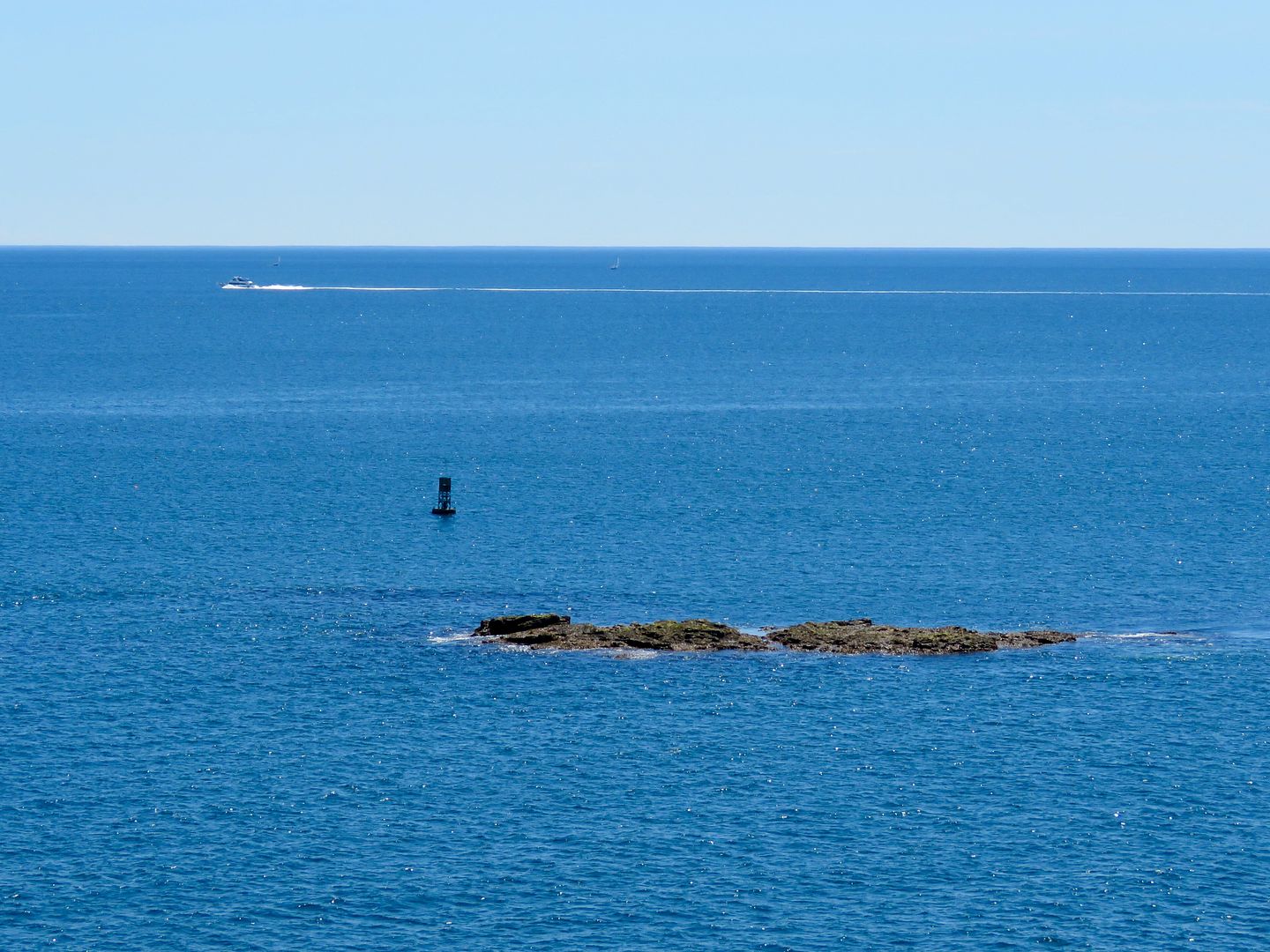

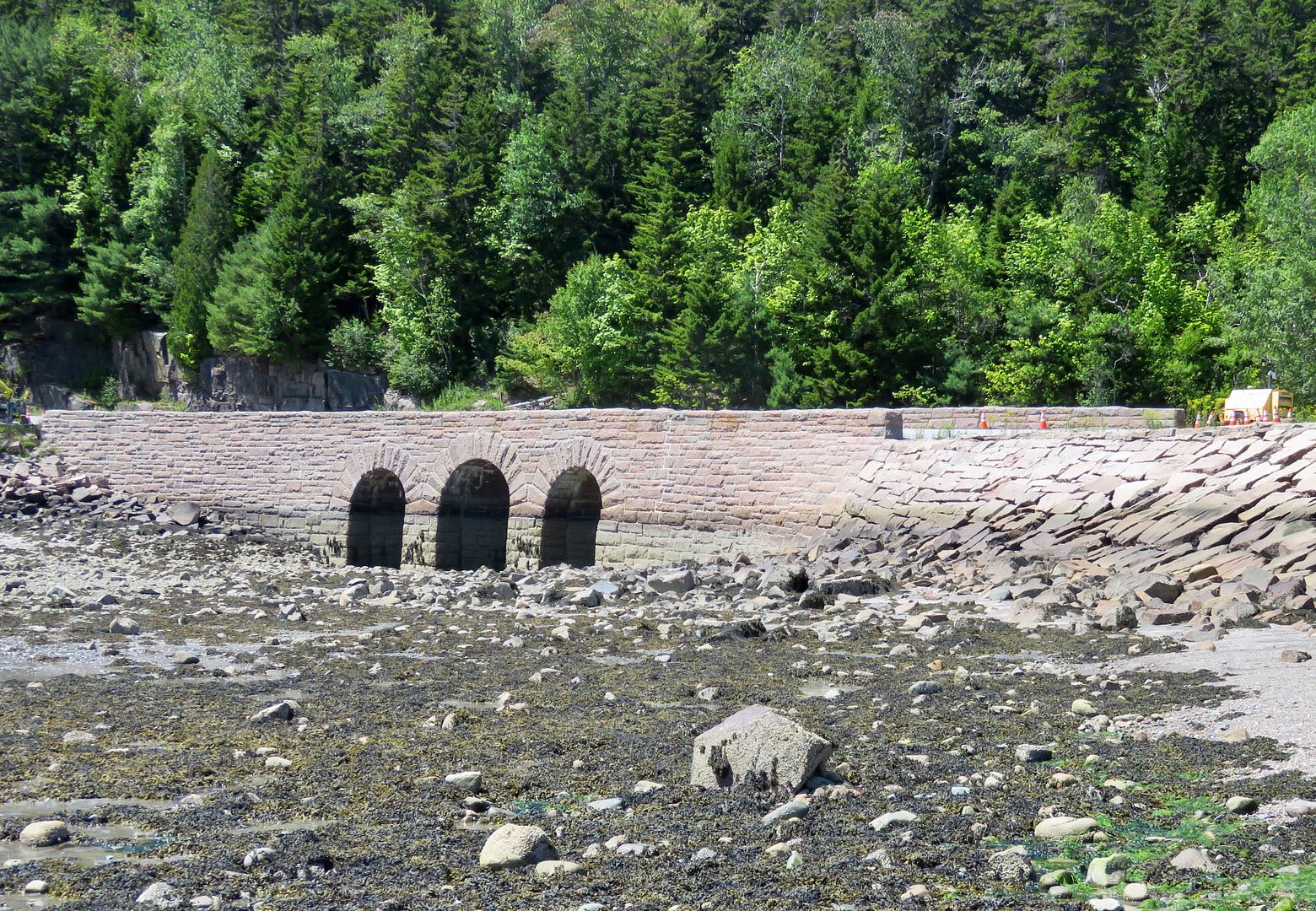
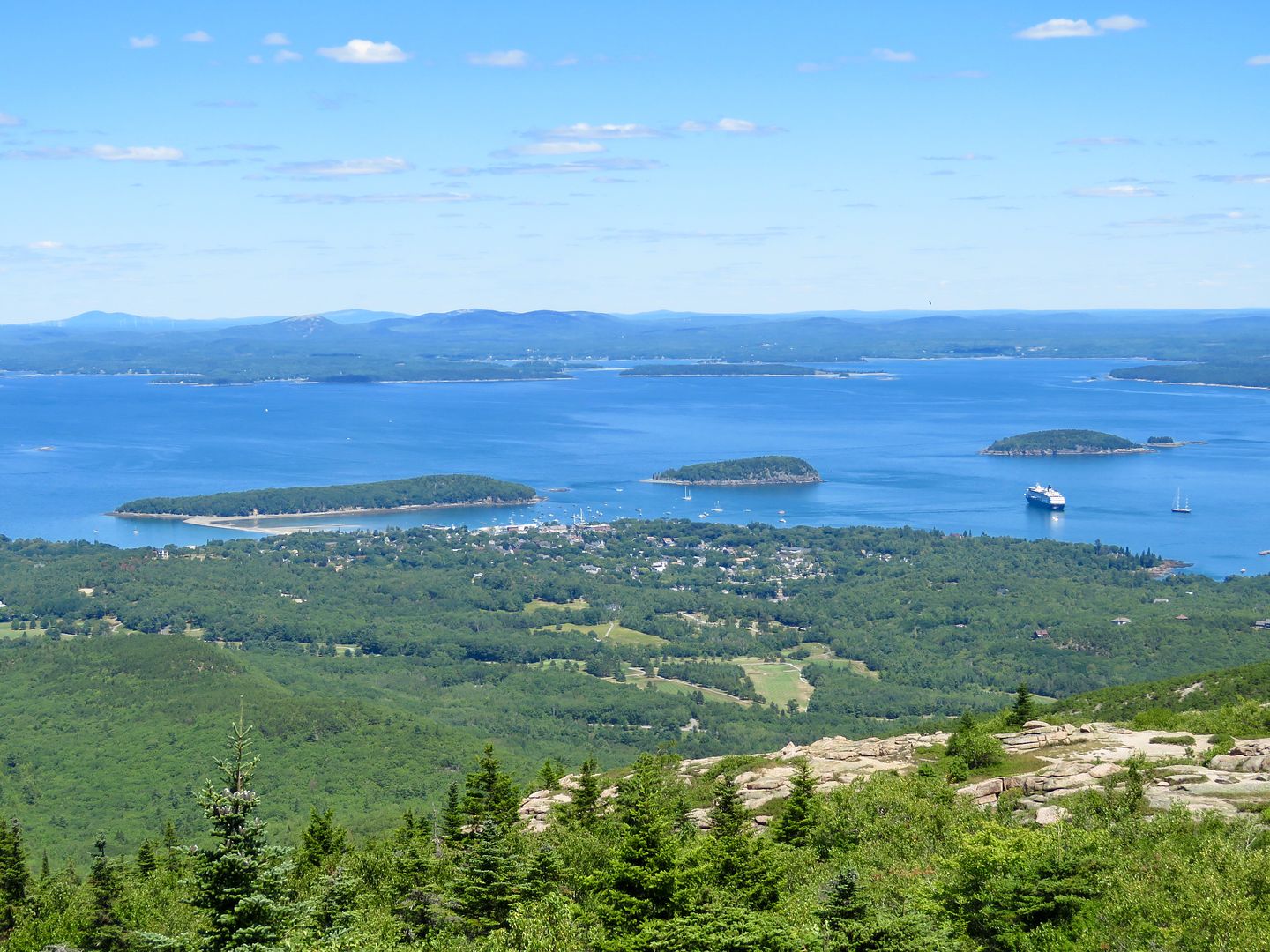
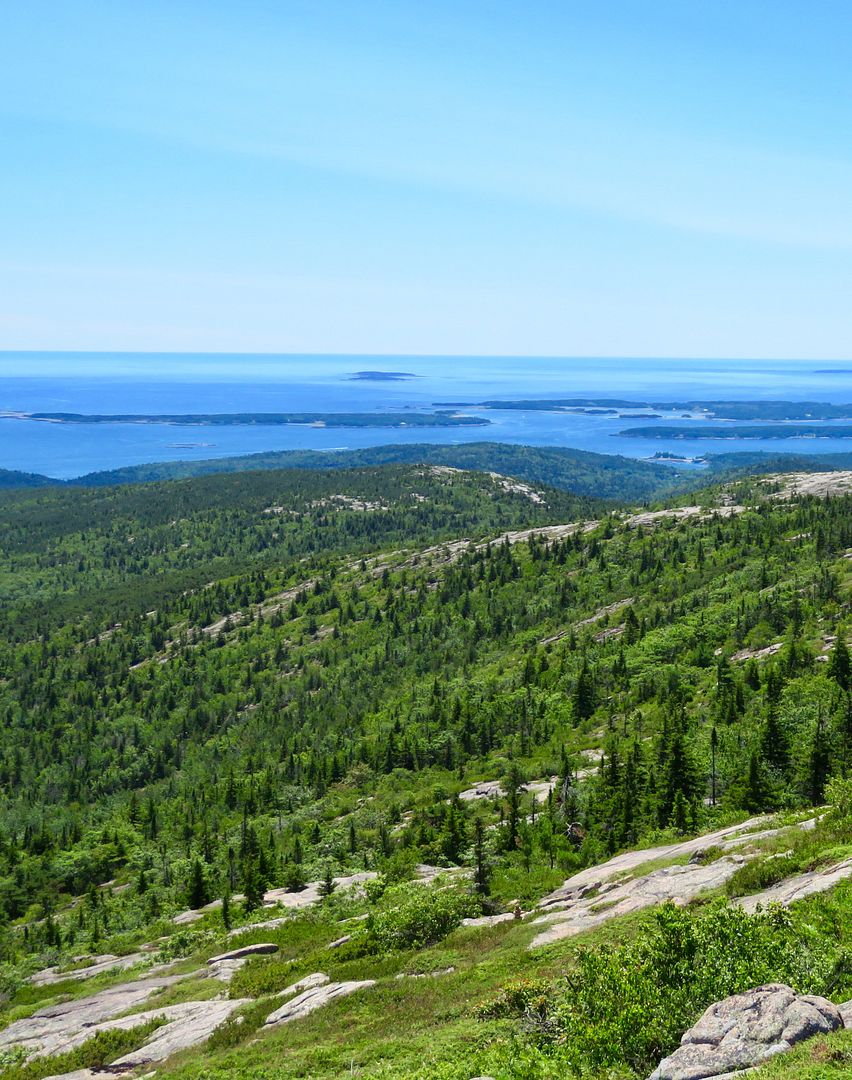
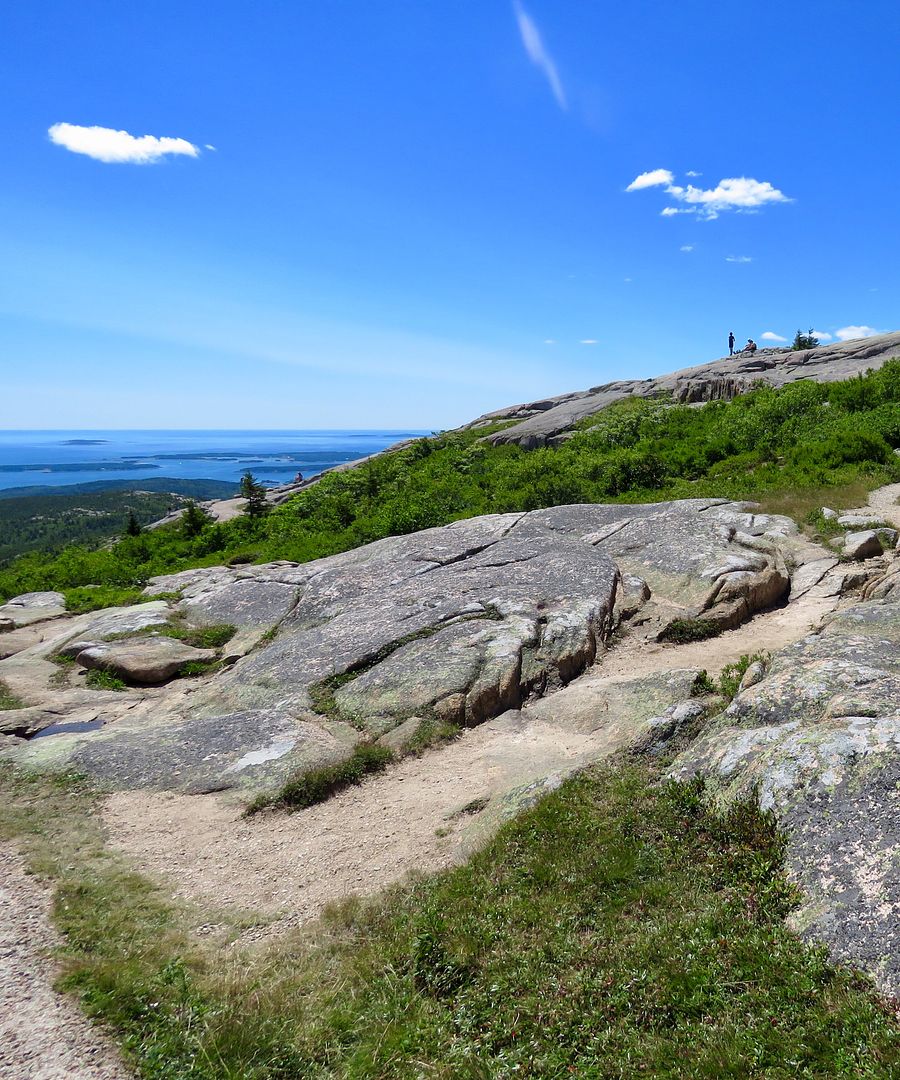
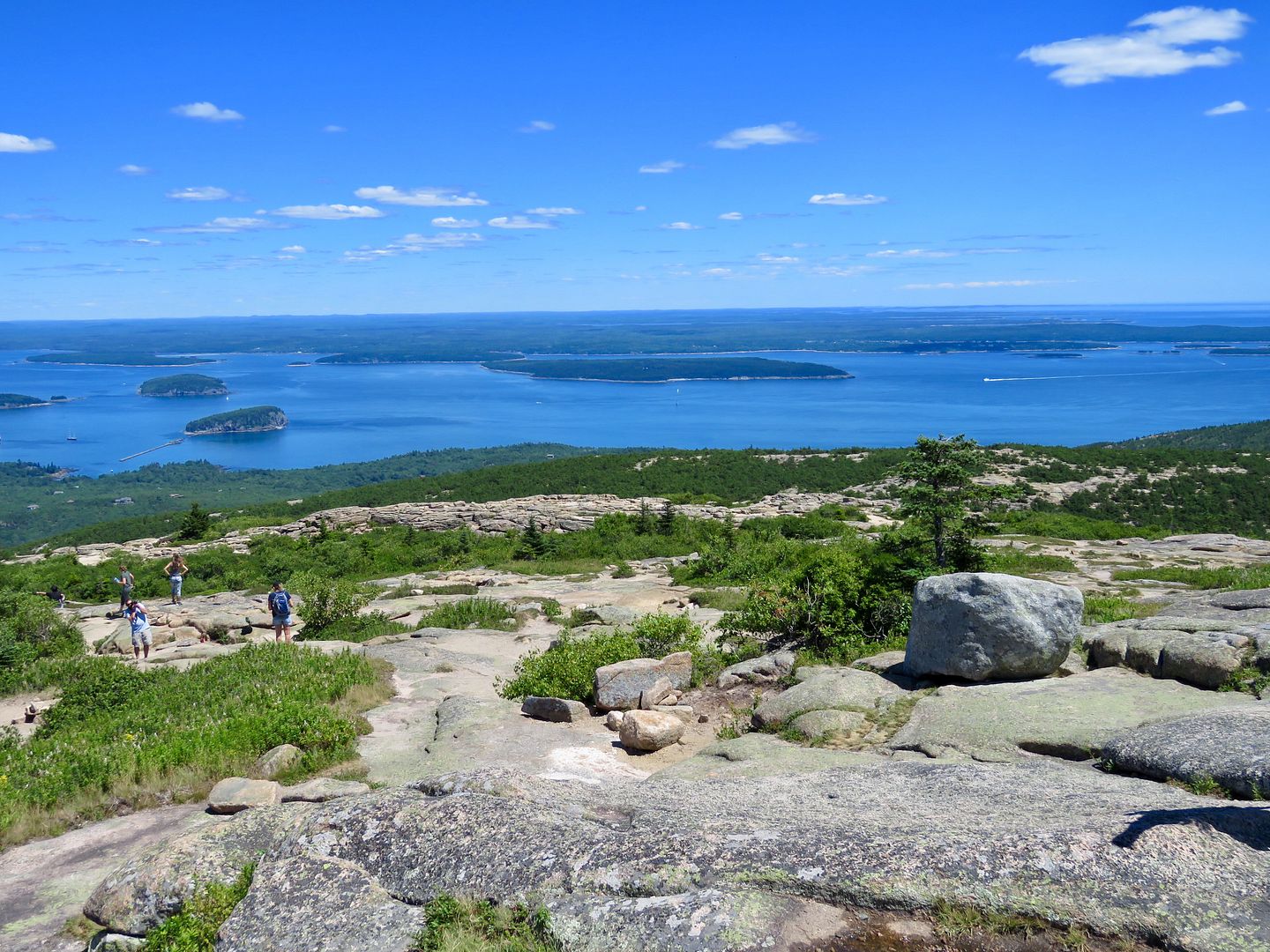
No comments:
Post a Comment